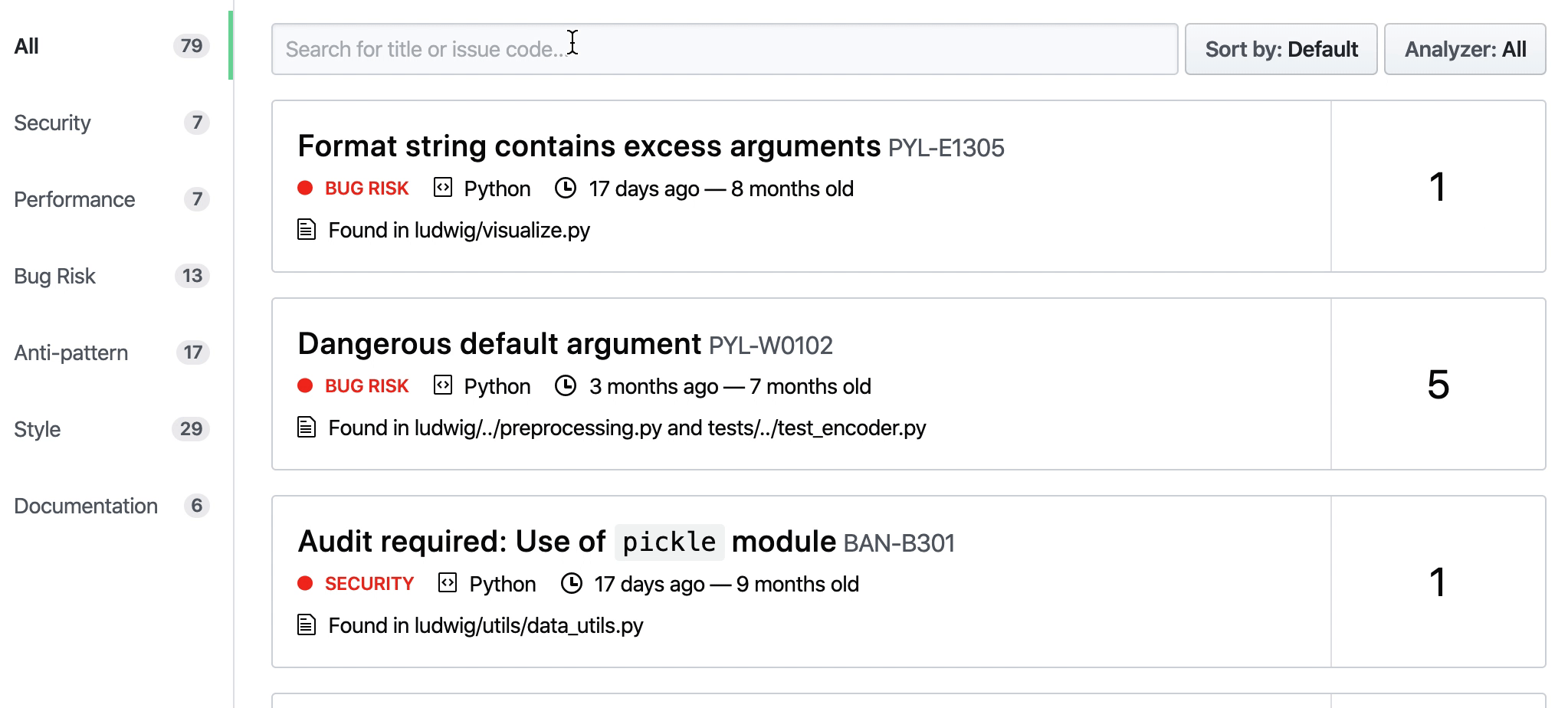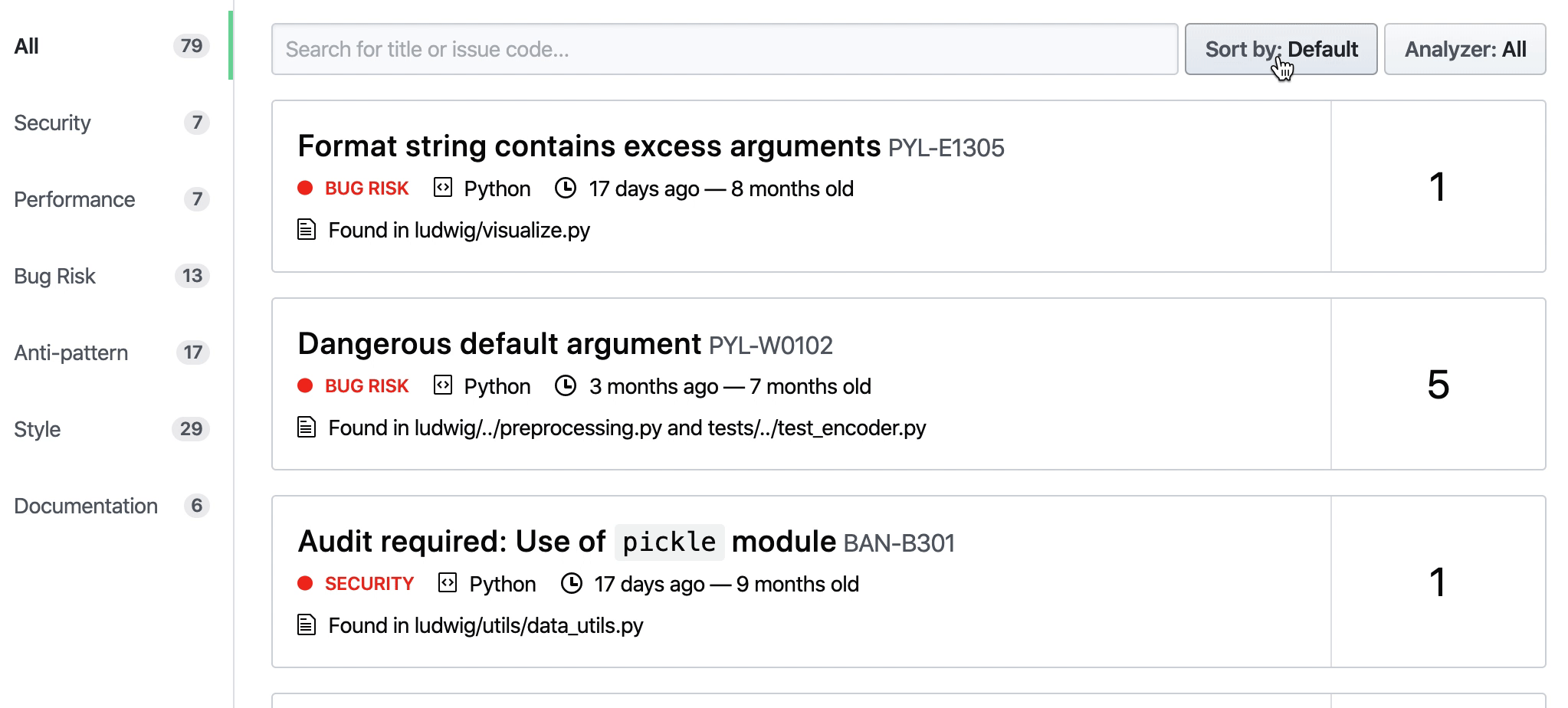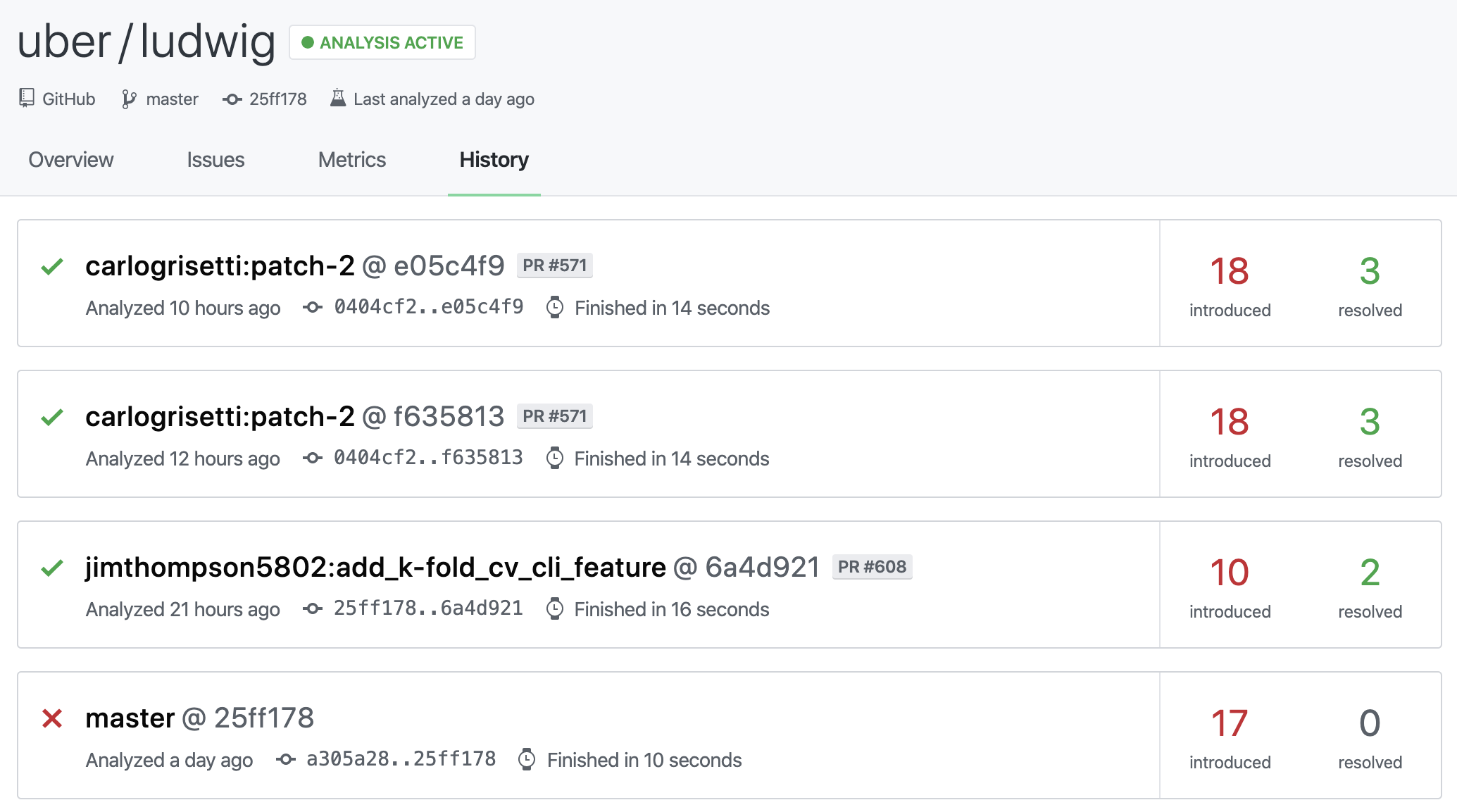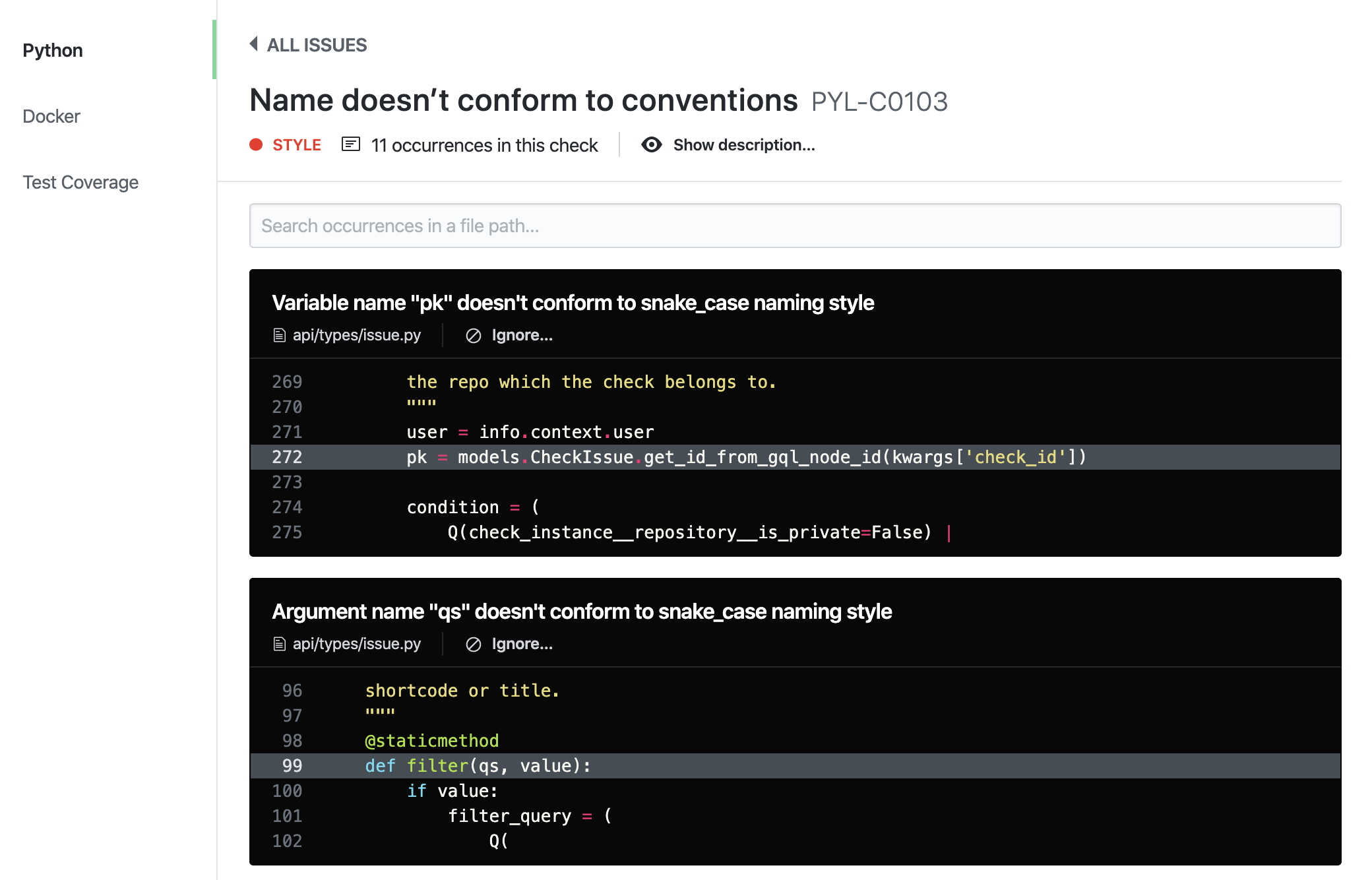
This is a big one. And you’re going to love it.
Better discovery of issues enables developers to fix more issues — and hence make their code better everyday. In the latest major update, we’ve changed a few things around and improved a bunch of things in the everyday issues workflow on DeepSource to optimize for exactly that. Let’s look at these changes one by one.
By looking at how our users fix issues and after listening to so many of you tell us, “I don’t agree with severity tagged on most of these issues”, we realized that issue severity is completely contextual and it actually doesn’t make sense to have it as a static property. We also realized that most of our users wanted to block pull-requests based on issue types, and not severity.
So we’ve removed severity from issues altogether, and now allow you to configure which issue types block a pull request. This can be configured for each repository, and can be found in Settings → General in the repository page.

The issues tab has an all-new look that emphasizes issue discovery, powerful search, and filtering. Each issue detected in the repository now also has a permalink, making it super easy to refer to on GitHub or GitLab issues.
The all-new search bar now allows you to search for issues by title or shortcode.

New sorting and filtering options allow you to meaningfully discover issues that matter. You can now sort issues by when they were seen, and how many occurrences they have in the repository. It’s also possible to filter issues based on analyzers that raise them.

Each issue now has a dedicated page for itself, to make referring to it easy. The issue detail view gives a better way to see all occurrences of the issue and search for occurrences in a specific path.
The issue description has it’s own tab now, which makes it better to view issues with long descriptions. There’s a tab for ignore issues as well, where all the rules associated with this issue are listed.

The list of analysis runs now shows more information about each analysis run — like number of issues introduced, number of existing issues fixed, pull-request associated with the analysis run, if present, and the git commit range that the analysis was performed on.

The detail page for individual runs also has a bunch of updates to make it easy to take action on issues within the code review workflow. You can now see the number of new issues introduced and existing issues which are fixed for each check in the run. For each issue, the occurrence count is shown prominently now. There’s an all-new search bar which enables searching for issues with title and issue code.

Each issue that is raised inside a check now has it’s own view and permalink, making it easy to refer to it. This view makes it easy to discover all occurrences across found in the check, with search based on path.

We’re super excited about this release and believe it would greatly improve the usability of DeepSource within your everyday code review workflow. Take a tour of the new experience with this demo repo. If you have any feedback, please let us know!